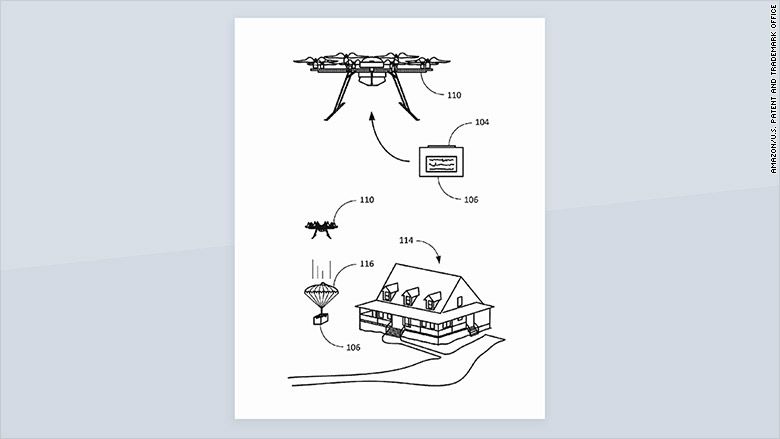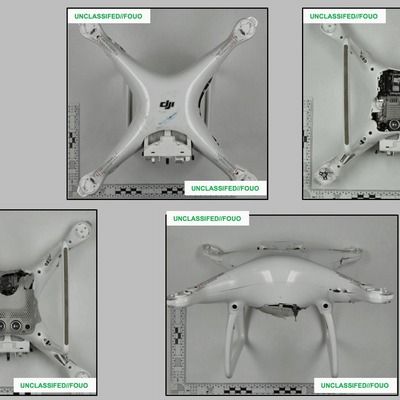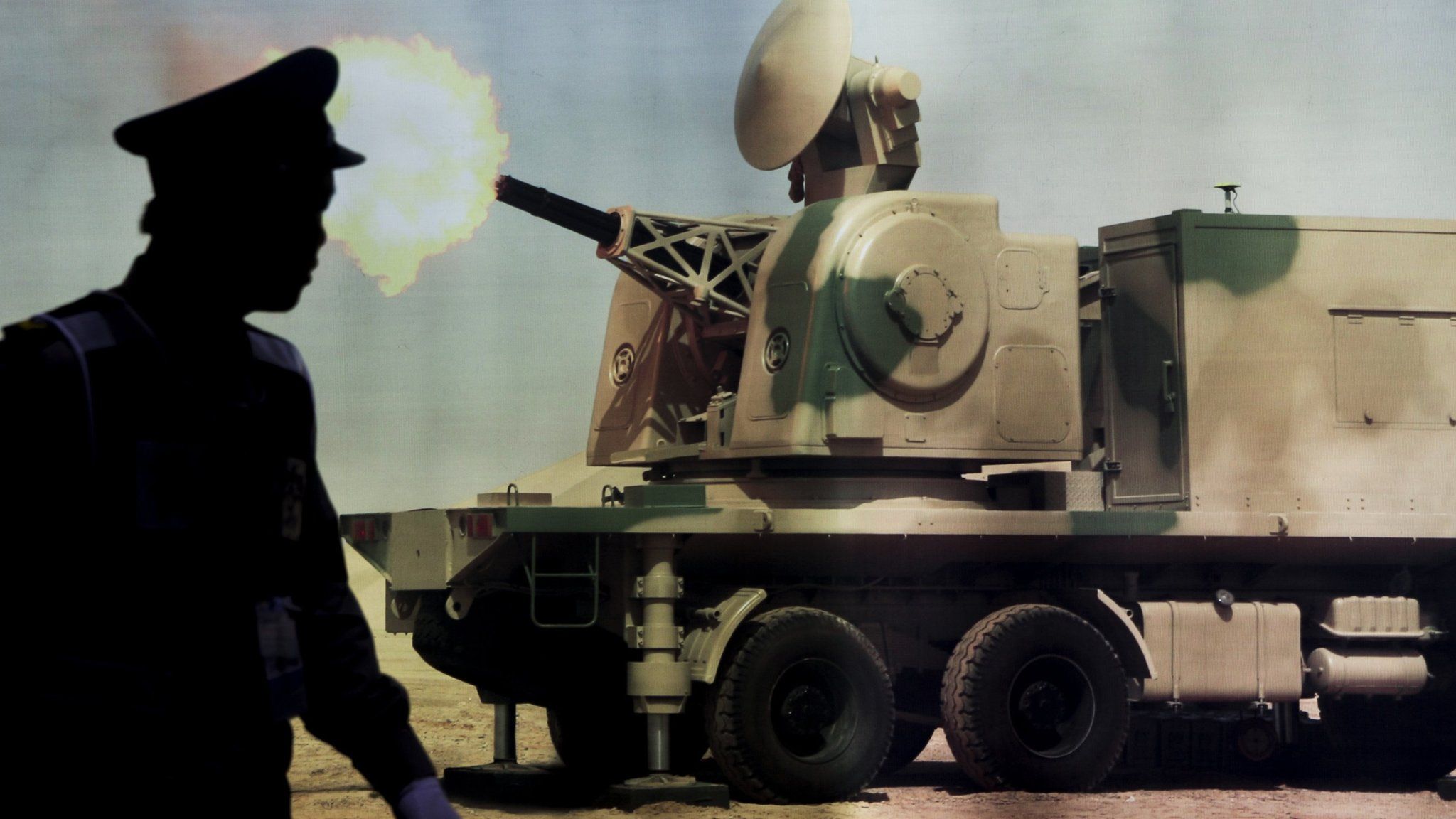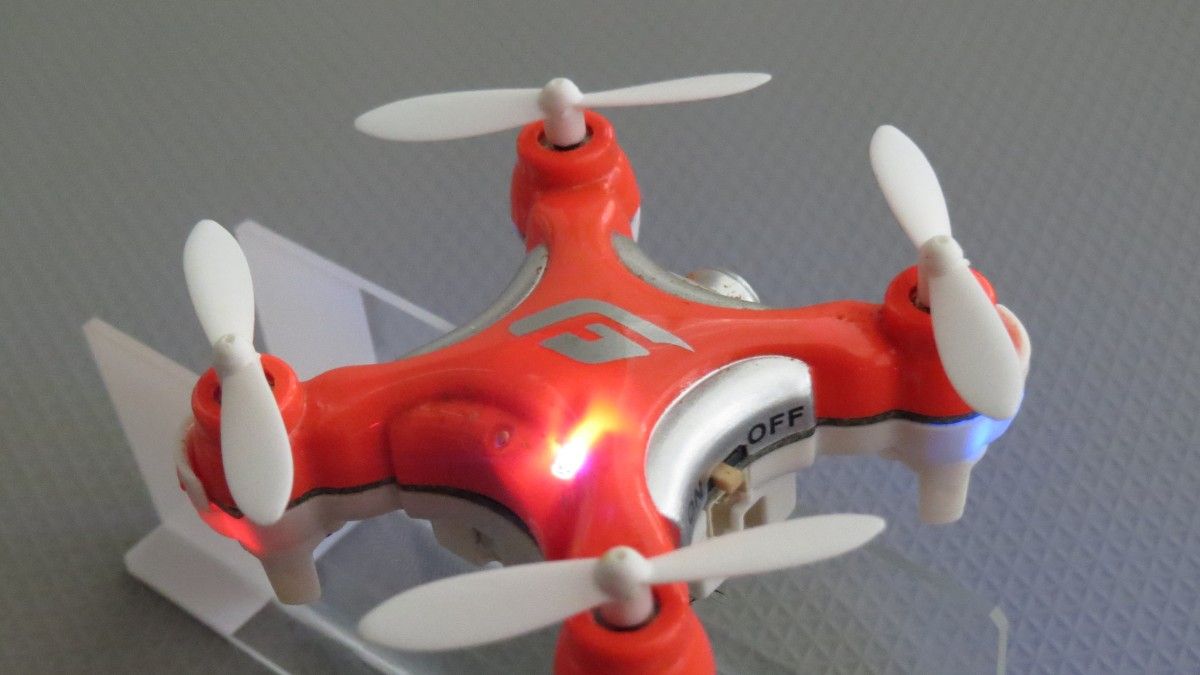Amazon was granted a patent for a shipping label with a built-in parachute for drone deliveries.



Ready and waiting at an arms reach from the government, the Research and Development Corporation (RAND) has helped the U.S. think through some of the toughest scientific and regulatory challenges since the 1940s. This year, the think tank is opening its first office in the San Francisco Bay Area. Its positioning itself to weigh in on some of Silicon Valleys largest research projects, like autonomous vehicles, drones, AI, cybersecurity and telemedicine.
But unlike the RAND of the past, this new version embodies the scrappiness of startup culture. Formally based out of a WeWork space, office director Nidhi Kalra and the rest of her SF team largely work decentralized from homes and coffee shops around the Bay Area.
The team of a dozen researchers is here to study the development of new technologies and the way in which state and local authorities are working side-by-side with startups to keep everyone safe without sundering innovation.

As a former intelligence soldier who now sells drones for a living, I can tell you that this problem is bigger than almost anyone realizes.
Right now, I’m holding a drone that can fly thousands of feet in air in less than 30 seconds, getting it to an altitude where no one could see it. My drone could be up in the air, ready to strike a target before you even had time to blink.
A range extender I’ve added to the antenna allows me to control it up to seven miles away. Or I can click a button to activate a tracking device, ordering my drone to follow a vehicle or person, filming every movement in 4K high-definition video. If it ever loses its radio link to the controller, it can automatically return to its launch location. Except — this drone is not meant to come back. It is not meant to take nice photos of my vacation. It is meant to strike. A small mechanism allows it to carry and drop a 2.5-pound payload — potentially grenades, bombs, even poison.

Your flying car might finally be on the way as the all-electric, two-seater Lilium Jet took its first test flight this week. Lilium Aviation’s prototype consumes around 90 percent less energy than drone-style aircraft and could be the transportation mode of the future.
If you’ve been begging the universe for a flying car for your entire life, you may soon be able to stop asking (sort of). This week, Germany-based company Lilium Aviation took its new all-electric, two-seater vertical take-off and landing (VTOL) prototype for its first test flight. The jet was piloted remotely during the tests, but its creators say the vehicle’s first manned flight will happen soon.


(A rendering of what X’s renewable energy storage plant would look like. X) X, the “moonshot” division of Google’s parent company Alphabet that has worked on everything from self-driving cars and delivery drones, has a new public project: storing renewable energy so it doesn’t go to waste.
The team working on the project is codenamed “Malta,” and it aims to efficiently store energy from solar and wind using salts. That way, renewable energy can still be used even if solar panels or wind turbines can’t collect energy.
Malta is part of X’s Foundry, which explores early-stage projects. It’s not an “official” project like Project Wing (drone delivery) or Project Loon (high-altitude balloons that beam the internet to the surface). X is announcing Malta now because it wants to build a prototype plant for testing how storing renewable energy can feed a power grid. It’s accepting applications for potential partners on its website.

SpaceX fans are extremely curious about a new robot that keeps appearing on SpaceX’s drone ship “Of Course I Still Love You.” Some are calling it the “Roomba” robot while others insist it should be called “Optimus Prime.” There are theories as to what this robot is for, but there’s no confirmation from SpaceX itself, yet.
We reached out to SpaceX for more details about this mysterious robot, but it was unable to give us any information. However, we can tell you that SpaceX only refers to the machine as a robot and does not assign it any other name (like Roomba or Optimus Prime).
For this video, we connected with some of SpaceX’s fans. Photos shown in the video were taken by Julia Bergeron (@julia_bergeron) and David Akin, University of Maryland.
In our last film, we explored how the introduction of autonomous, self-driving cars is likely to kill a lot of jobs. Many millions of jobs, in fact. But is it short sighted to view self-driving vehicles as economic murderers? Is it possible that we got it totally wrong, and automated vehicles won’t be Grim Reapers — but rather the biggest job creators since the internet?
In this video series, the Galactic Public Archives takes bite-sized looks at a variety of terms, technologies, and ideas that are likely to be prominent in the future. Terms are regularly changing and being redefined with the passing of time. With constant breakthroughs and the development of new technology and other resources, we seek to define what these things are and how they will impact our future.